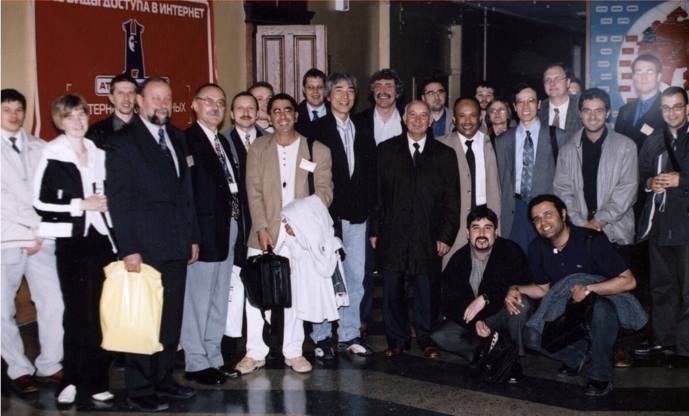|
More then 160 papers from 30 countries were submitted for PRIP 2005. After a thorough review by the Program Commettee and attached qualified reviewers, 118 papers were selected. The papers were separated into 9 sections, including signal processing, data analysis, image processing, image classification, pattern recognition, 3D image processing and modeling, decision support systems, system and parallel architectures for signal and image processing, application of computer vision systems.
There were 3 keynote speakers at PRIP 2005: Prof. B. John Oommen, School of Computer Science, Carleton University, Canada, Fellow of the IEEE; Prof. Qiangfu Zhao, University of Aizu, Japan; and Prof. Maria Petrou, School of Electronics and Physical Sciences, Centre for Vision, Speech and Signal Processing, University of Surrey, Guildford, United Kingdom.
Prof. Oommen proposed a new model pattern recognition that involved Chaotic Neural Networks as an alternative traditional pattern recognition systems with a model where an object to be recognized is characterized by a set of features. To achieve this he enhanced the basic Adachi model referred to as Adachi's Neural Network, which is dynamic but not chaotic.
Very interesting information was represented by Prof Zhao in the report "Lifetime Learning with Neural Network Trees". He proposed new algorithms for lifetime learning. The efficiency of the algorithms is validated through experiments with several public databases.
Prof. Petrou considered complex problems to create computer vision systems and some biologically inspired approaches to image processing.
The main aim of the Conference was to bring together researches from all over the world dealing with image and signal processing and pattern recognition to discuss the recent status of research and to direct further developments to create computer vision systems. The Conference was very successful. |




